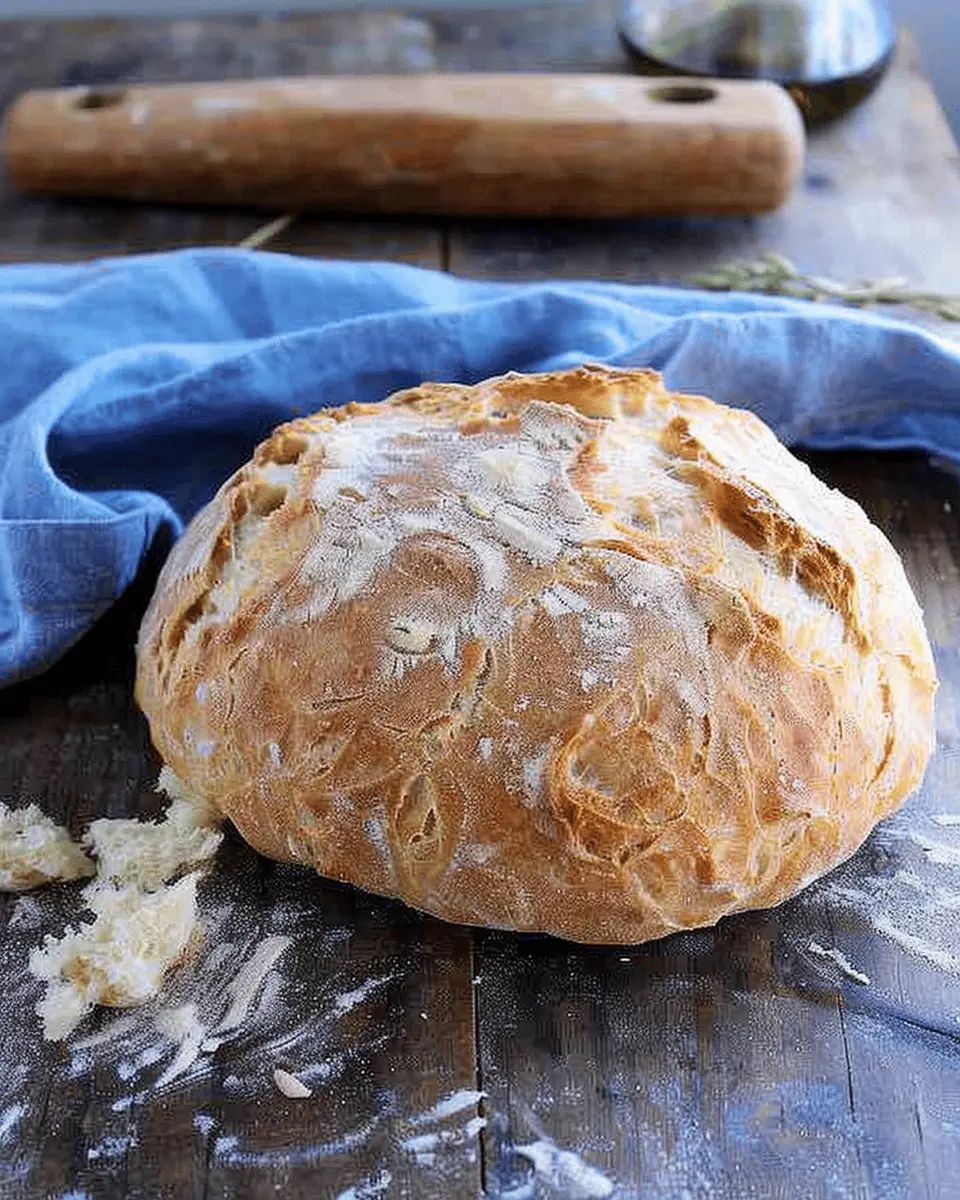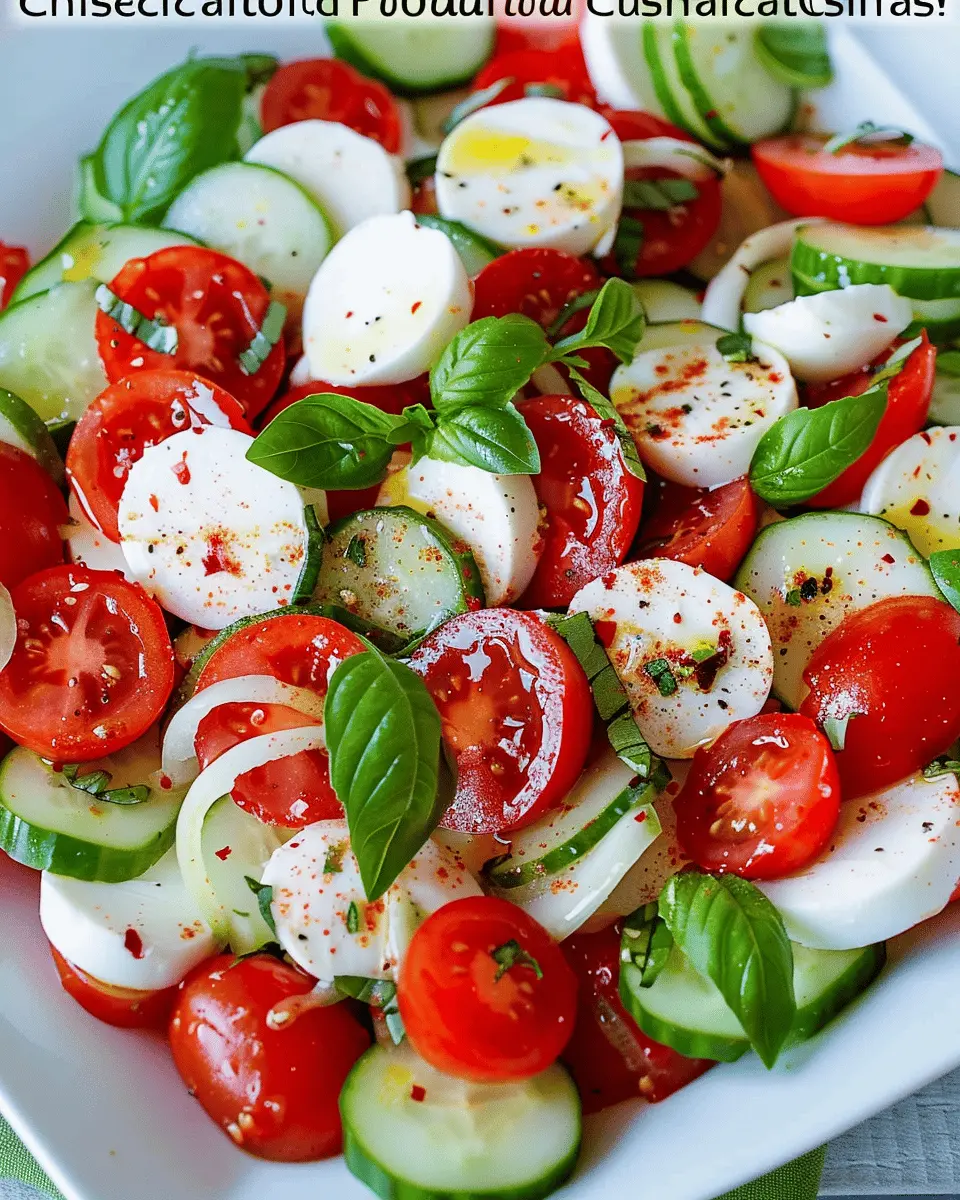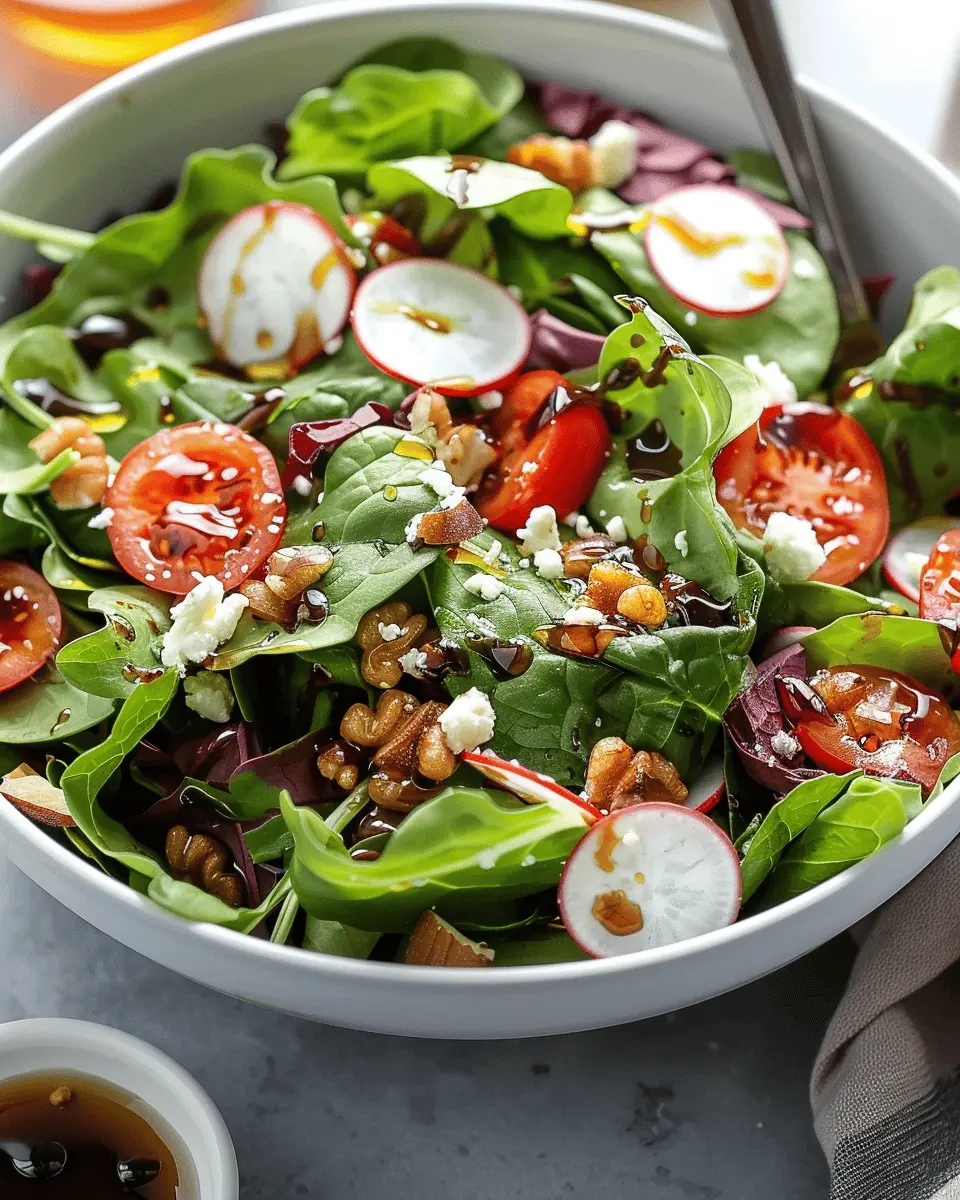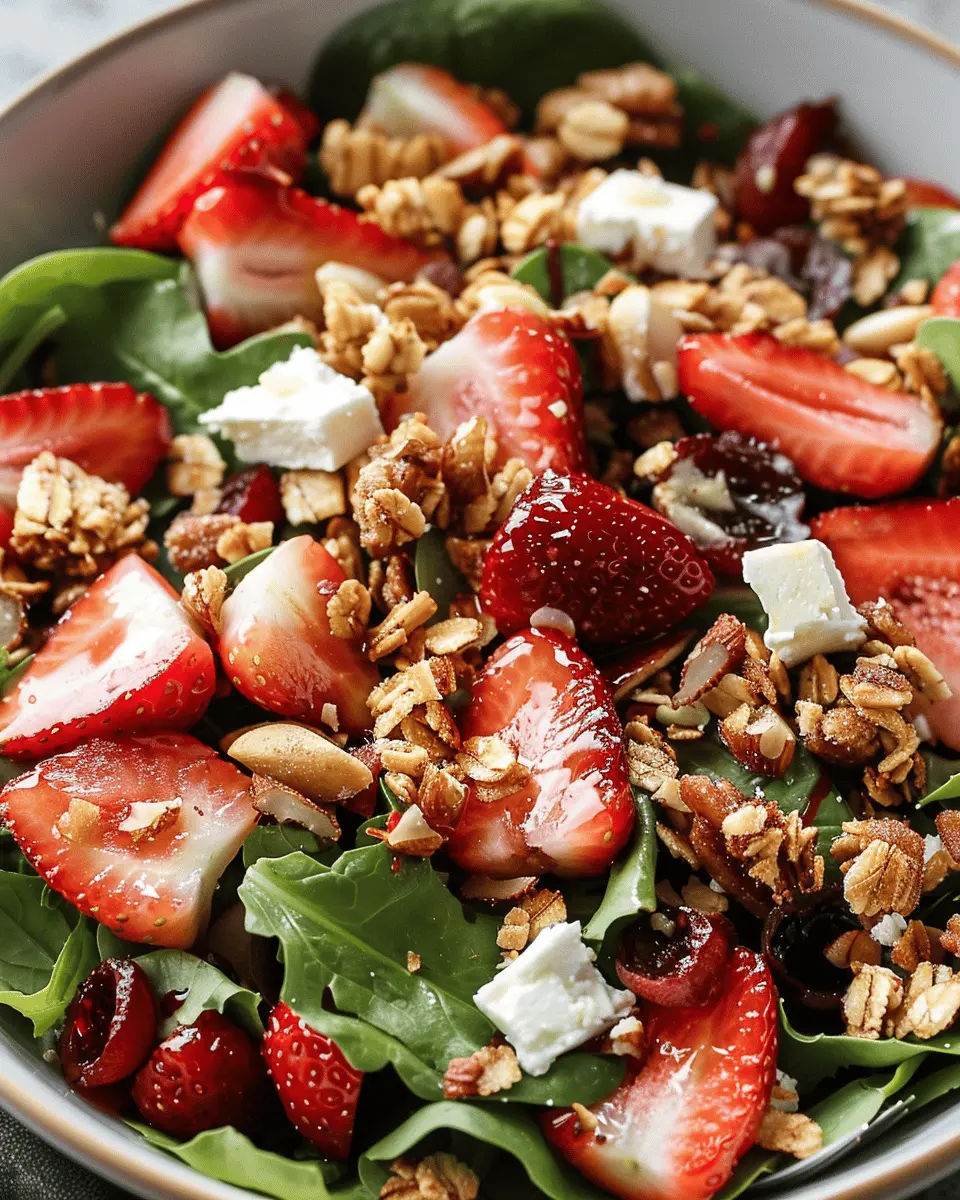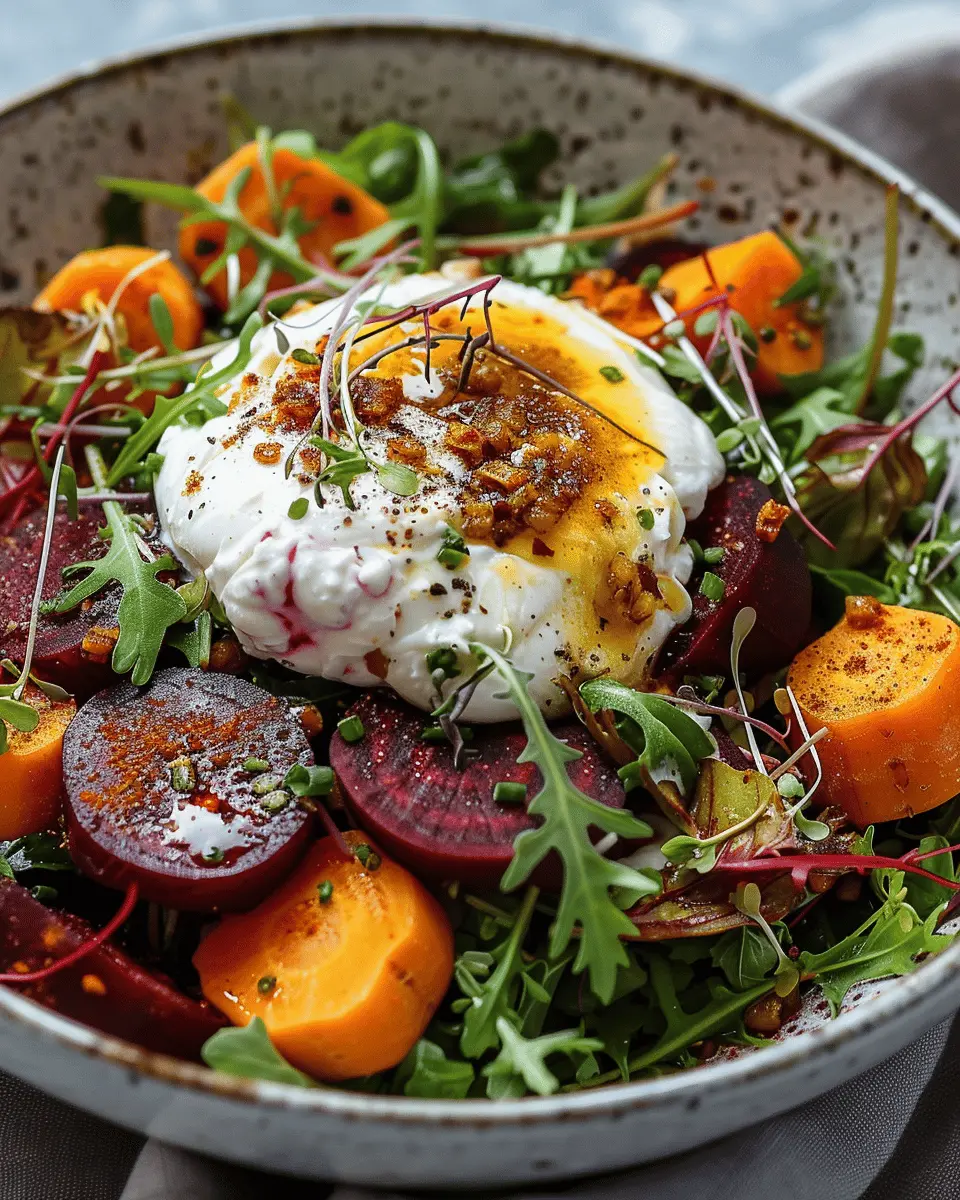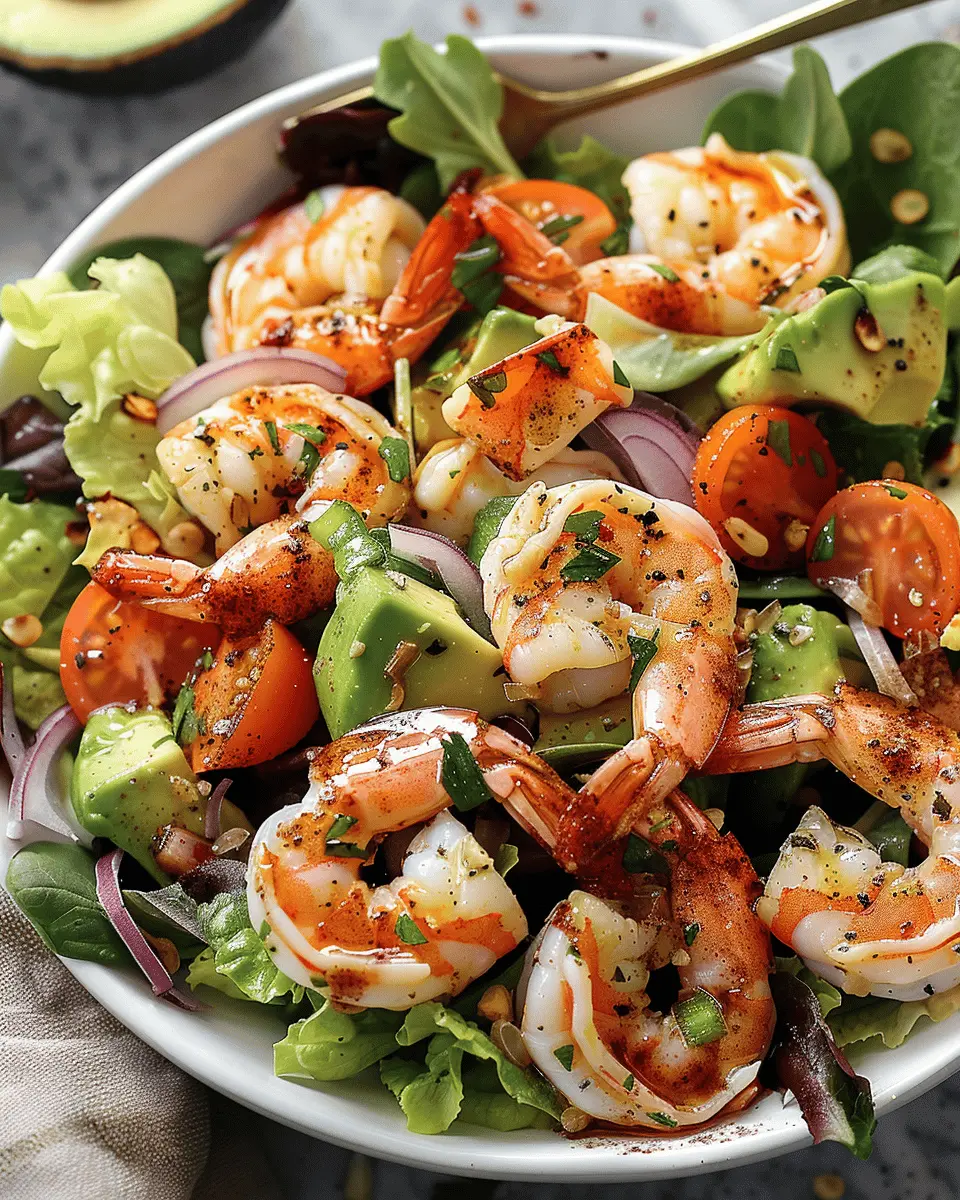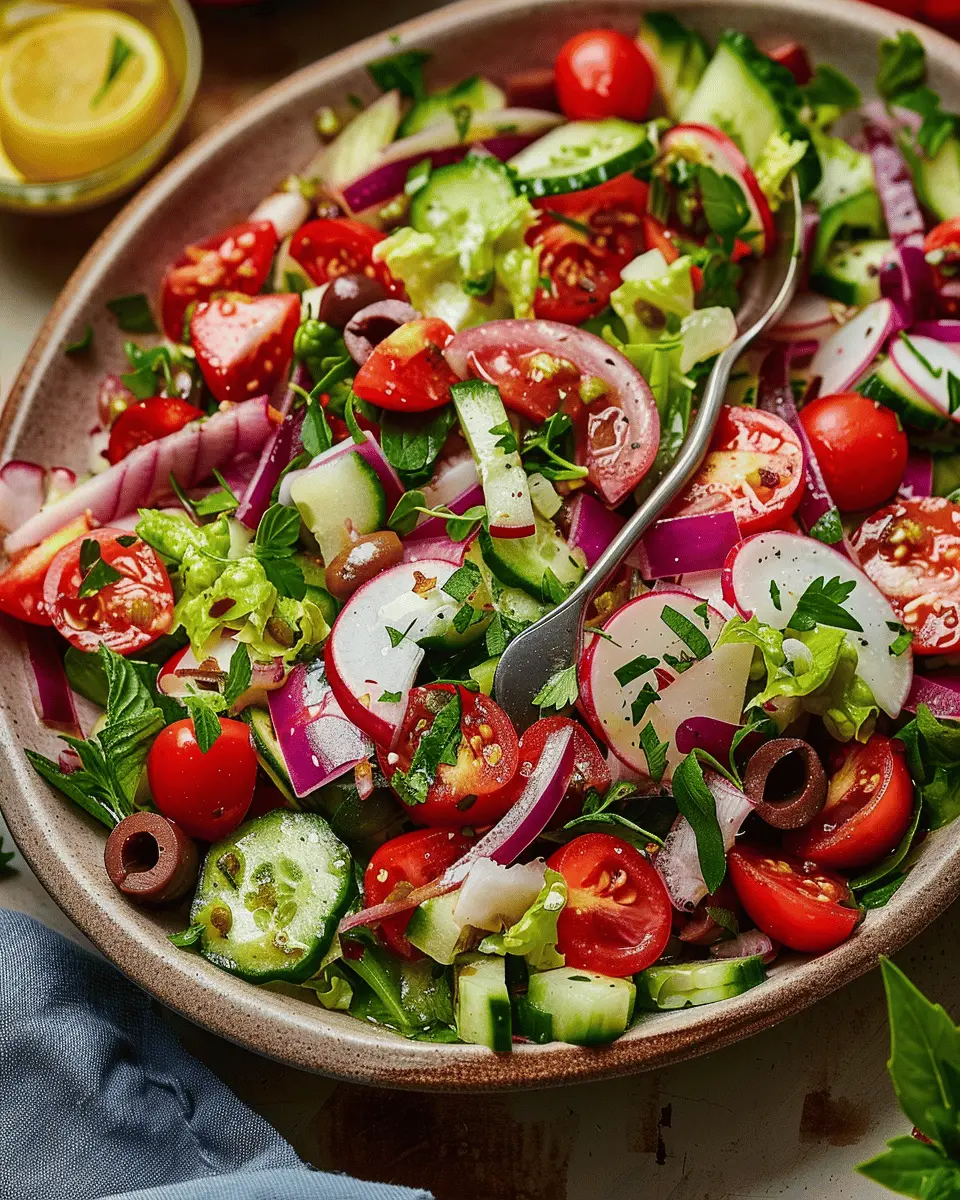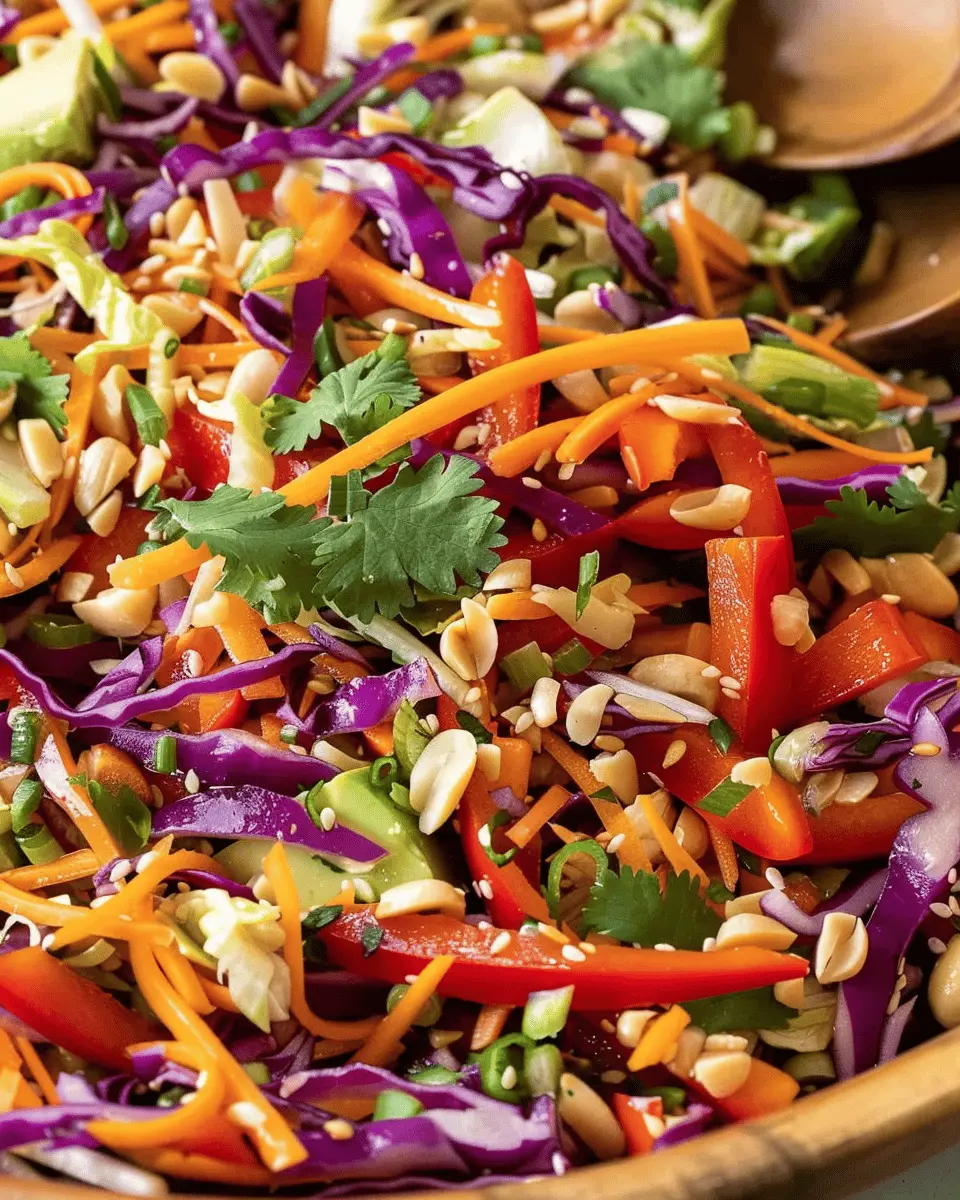Introduction to Rustic Italian Crusty Bread
The Allure of Homemade Rustic Italian Bread
There’s something undeniably special about baking your own bread at home, especially when it comes to rustic Italian crusty bread. It captures the essence of warm Italian kitchens, with its golden, crackling crust and fluffy, airy interior. The delightful aroma wafting through your home can instantly elevate your mood and transport you to your favorite Italian cafe, even if you’re just lounging in your own kitchen.
Making rustic Italian crusty bread doesn’t just yield a delicious result; it’s also a fun and rewarding experience. Imagine gathering your friends or family around the table, breaking off pieces of that crusty bread, and dipping it in olive oil or pairing it with fresh tomatoes. The beauty of this bread lies in its simplicity—with just a handful of ingredients, you can create something that honors traditional baking techniques while showcasing your skills.
Why Bake It Yourself?
-
Quality Ingredients: When you bake at home, you control what goes into your bread. Opt for high-quality flour, natural yeast, and perhaps even locally sourced ingredients. This not only enhances the flavor but also ensures a healthy option.
-
Cost-Effective: While artisan loaves from bakeries can be delightful, none can match the affordability of your homemade rustic Italian crusty bread. It’s easy on the wallet while being a showstopper at any meal.
-
Customizable: Want to add herbs or spices? Perhaps some roasted garlic or olives? Baking your own bread means endless customization options—making every loaf uniquely yours.
For a great starting point, check out resources from culinary experts like the King Arthur Baking Company or “The Bread Baker’s Apprentice” by Peter Reinhart. These sources can offer tips on getting that perfect crust and texture.
Have you ever thought about the process of baking itself as a form of mindfulness? Kneading dough can be quite meditative, allowing you to disconnect from daily stressors. This cozy, hands-on activity might just become the highlight of your week.
Now that you’re inspired, let’s dive into the delightful world of making rustic Italian crusty bread, and soon, your kitchen will be filled with that irresistible aroma!
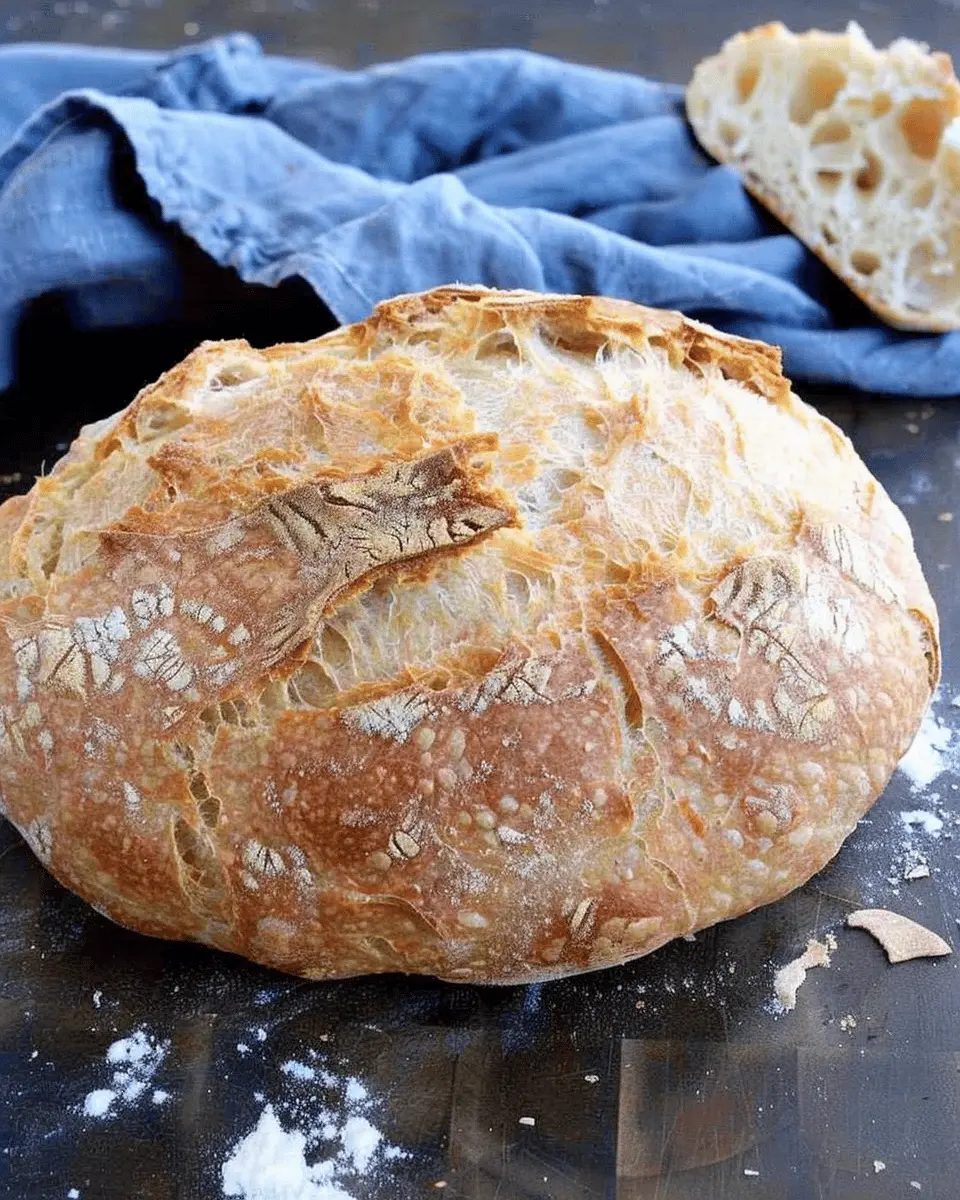
Ingredients for Rustic Italian Crusty Bread
Essential ingredients for the perfect crusty bread
When it comes to baking rustic Italian crusty bread, the quality of your ingredients makes all the difference. Here’s what you’ll need to create that perfect balance of crusty exterior and soft, airy inside:
- Flour: Use high-quality bread flour for its higher protein content. This helps develop gluten, giving your bread that chewy texture.
- Water: Filtered or spring water ensures pure taste and prevents any chlorine odors from affecting your loaf.
- Yeast: Active dry yeast or instant yeast will do the trick. Fresh yeast provides a slight edge for flavor but isn’t essential.
- Salt: Sea salt is traditional and enhances the overall flavor. Don’t skip it, as it helps to control fermentation!
- Optional: A pinch of sugar or honey can boost fermentation and add a slight sweetness.
Special tools and equipment needed
Having the right tools makes the baking process smoother and more enjoyable. Here’s a quick list of what you’ll need to whip up your rustic Italian crusty bread:
- Mixing Bowl: A large, sturdy bowl for combining ingredients.
- Dough Scraper: Handy for kneading and shaping your dough without making too much of a mess.
- Baking Stone or Steel: Provides superior heat retention, mimicking a traditional pizza oven and ensuring that lovely crust.
- Cast Iron Dutch Oven: Perfect for creating steam in the oven, essential for that artisan crust.
- Kitchen Scale: For accurate measurements, which is key in baking.
With these ingredients and tools at hand, you’re well on your way to mastering the art of baking rustic Italian crusty bread. Happy baking! For more insights on bread baking, check out King Arthur Baking, a great resource for bakers of all levels.
Step-by-Step Preparation of Rustic Italian Crusty Bread
Creating rustic Italian crusty bread in your own kitchen is a rewarding journey. It involves a few straightforward steps, but believe me, the satisfaction of pulling that golden loaf from the oven is truly unmatched! Let’s dive into each stage to ensure your homemade bread is a delicious success.
Gather and measure your ingredients
Start by gathering the essentials for your bread. Here’s what you’ll need for a basic rustic Italian crusty bread:
- 4 cups of all-purpose flour (plus extra for dusting)
- 2 teaspoons of salt
- 1 teaspoon of sugar
- 2 teaspoons of active dry yeast
- 1 ½ cups of warm water (around 110 degrees Fahrenheit)
Measuring your ingredients accurately is crucial for consistent results. Don’t forget to activate your yeast beforehand if your recipe calls for it (mixing it with warm water and sugar lets it foam up). For more detailed instructions on yeast activation, you can check out this great resource.
Mix the dough
In a large mixing bowl, combine the flour, salt, and sugar. After mixing these dry ingredients, add the activated yeast mixture to the bowl. Pour in the warm water gradually while stirring with a wooden spoon or spatula. You want to aim for a soft, sticky dough.
The beauty of rustic bread is in its simplicity; there’s no need for a mixer here. Just mix until combined, and don’t worry if the dough looks a bit shaggy—it should!
Knead the dough for the perfect texture
Once the ingredients are combined, it’s time to knead! Turn your dough onto a lightly floured surface and start kneading by folding the dough over itself, pressing down, and rotating it. You’ll want to do this for about 8-10 minutes, or until the dough becomes smooth and elastic.
Kneading is essential for developing gluten, which gives your bread that delightful structure. If you’re new to kneading, it can be helpful to watch a visual guide like this kneading video for tips.
First rise – letting the dough develop flavor
Once you’ve achieved that perfect knead, shape your dough into a ball and place it in a well-greased bowl. Cover it with a damp kitchen towel or plastic wrap. Now, let it rise in a warm place for about 1-2 hours, or until it doubles in size. This first rise is where the magic happens—your dough develops complex flavors that make it delicious.
Shape the bread and prepare for the second rise
Once your dough has risen, punch it down gently (don’t worry, it loves this!). Transfer it to a lightly floured surface and shape it into a round or oval loaf, depending on your preference. After shaping, place it on a baking sheet lined with parchment paper.
Cover the shaped dough again and let it rise for another 30 minutes. This second rise is crucial for achieving that airy texture characteristic of rustic Italian crusty bread.
Preheat the oven and prepare for baking
While your dough is rising, preheat your oven to 450 degrees Fahrenheit. To create a crispy crust, place a small oven-safe pan on the bottom of the oven while it preheats. When you’re ready to bake, pour a cup of hot water into this pan—it’ll create steam that helps your bread develop a beautiful crust.
Bake your rustic Italian bread to perfection
Finally, slide your dough into the oven and bake for about 25-30 minutes, or until the loaf is golden brown and sounds hollow when tapped. Let it cool on a wire rack before slicing, so the inside finishes setting.
Now you have a loaf of rustic Italian crusty bread ready to be enjoyed! Serve it warm with olive oil or use it for delicious sandwiches with your favorite fillings like turkey bacon or chicken ham.
There’s nothing like the experience of making bread at home. Remember, practice makes perfect, and soon, you’ll be a master of crusty loaves. Happy baking!
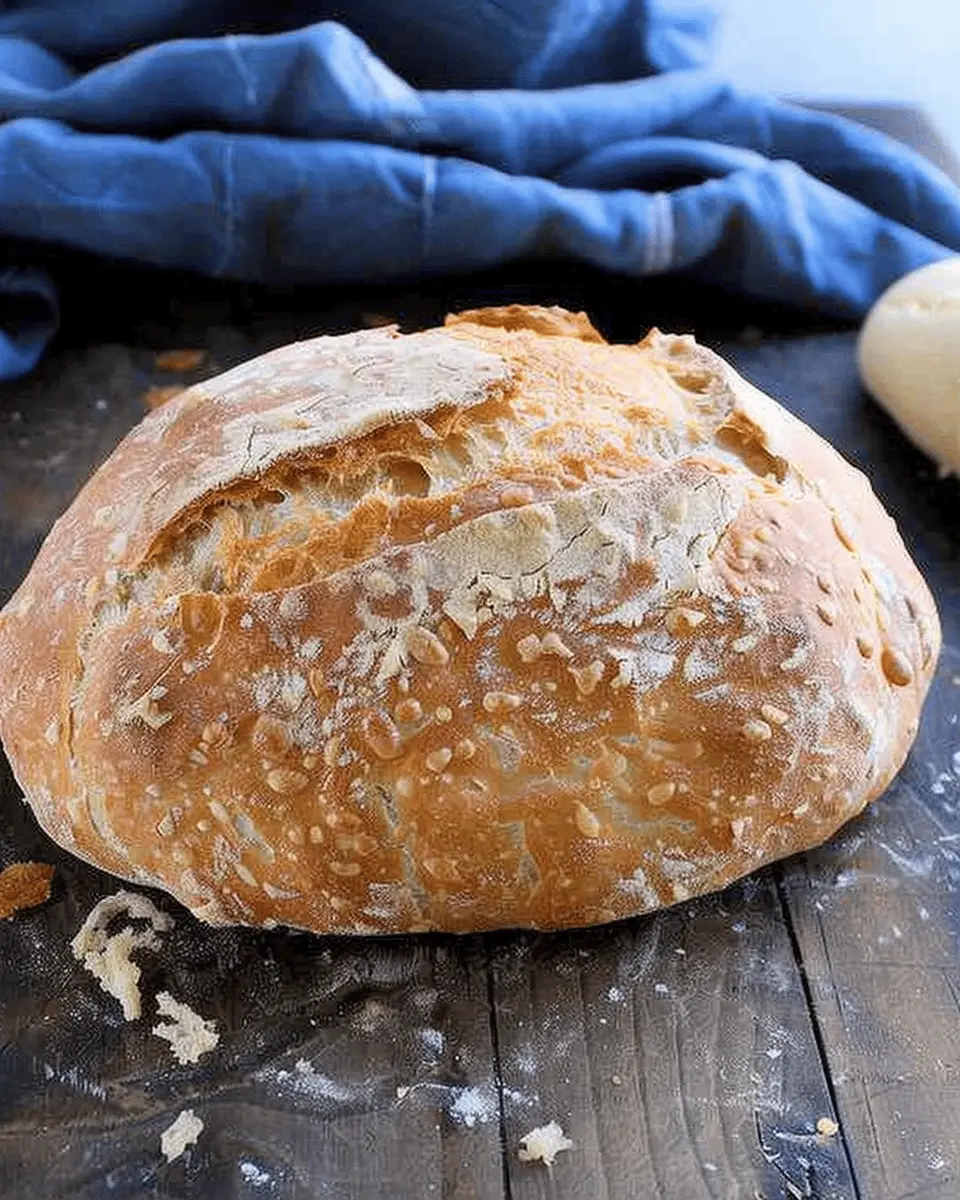
Variations on Rustic Italian Crusty Bread
Adding herbs and spices for an extra flavor boost
Why settle for plain rustic Italian crusty bread when you can turn it into a flavor sensation? Adding herbs and spices is a fantastic way to elevate your bread. Imagine infusing your dough with freshly chopped rosemary, thyme, or even some crushed garlic. These aromatic additions not only enhance the bread’s flavor but also fill your kitchen with irresistible scents while it bakes.
A pinch of red pepper flakes can also spice things up without overwhelming the palate. If you’re feeling adventurous, consider incorporating Italian seasoning mixes. They provide an excellent base of flavors that blend beautifully in each bite. When topping it off, a sprinkle of coarse sea salt can add that necessary crunch and enhance all those delicious herb notes.
Incorporating seeds or cheese for texture
Think about textural contrasts! Adding seeds like sunflower, sesame, or even poppy seeds can give your rustic Italian crusty bread a delightful crunch. Simply fold these seeds into your dough during mixing or sprinkle them on top before baking for an eye-catching finish.
If you’re a cheese lover, try mixing in some grated Parmesan or Asiago into the dough. Not only will this lend a creamy richness, but it’ll also create little pockets of cheesy goodness that are sure to impress your friends. For a gourmet twist, why not try adding a layer of goat cheese or feta right into your loaf? You’ll be amazed by how these simple tweaks can take your homemade bread from good to extraordinary.
For further inspiration, you might want to explore herb pairings or cheese types with these flavoring resources. Happy baking!
Cooking Tips and Notes for Rustic Italian Crusty Bread
Achieving the Ideal Crust
Creating the perfect crust for your rustic Italian crusty bread is all about technique. Start by preheating your oven to a high temperature, around 450°F (232°C), which helps form that golden, crispy exterior. A simple trick is to place a pan with water at the bottom of your oven; the steam it creates will give your bread that delightful crunch. Don’t rush the baking time—let it go for at least 30 minutes, and trust your senses; the aroma will guide you!
Importance of Hydration in the Dough
Hydration plays a pivotal role in the texture of your rustic Italian crusty bread. A wetter dough leads to a lighter, airier crumb. Aim for about 70% hydration, which might feel sticky at first, but don’t shy away! Using a bench scraper can help you manage the dough during shaping. According to experts, proper hydration not only impacts the texture but also enhances the flavor as the dough ferments. You can read more about bread dough hydration in this insightful article on Serious Eats.
By implementing these tips, you’ll elevate your baking game while enjoying the process. Happy baking!
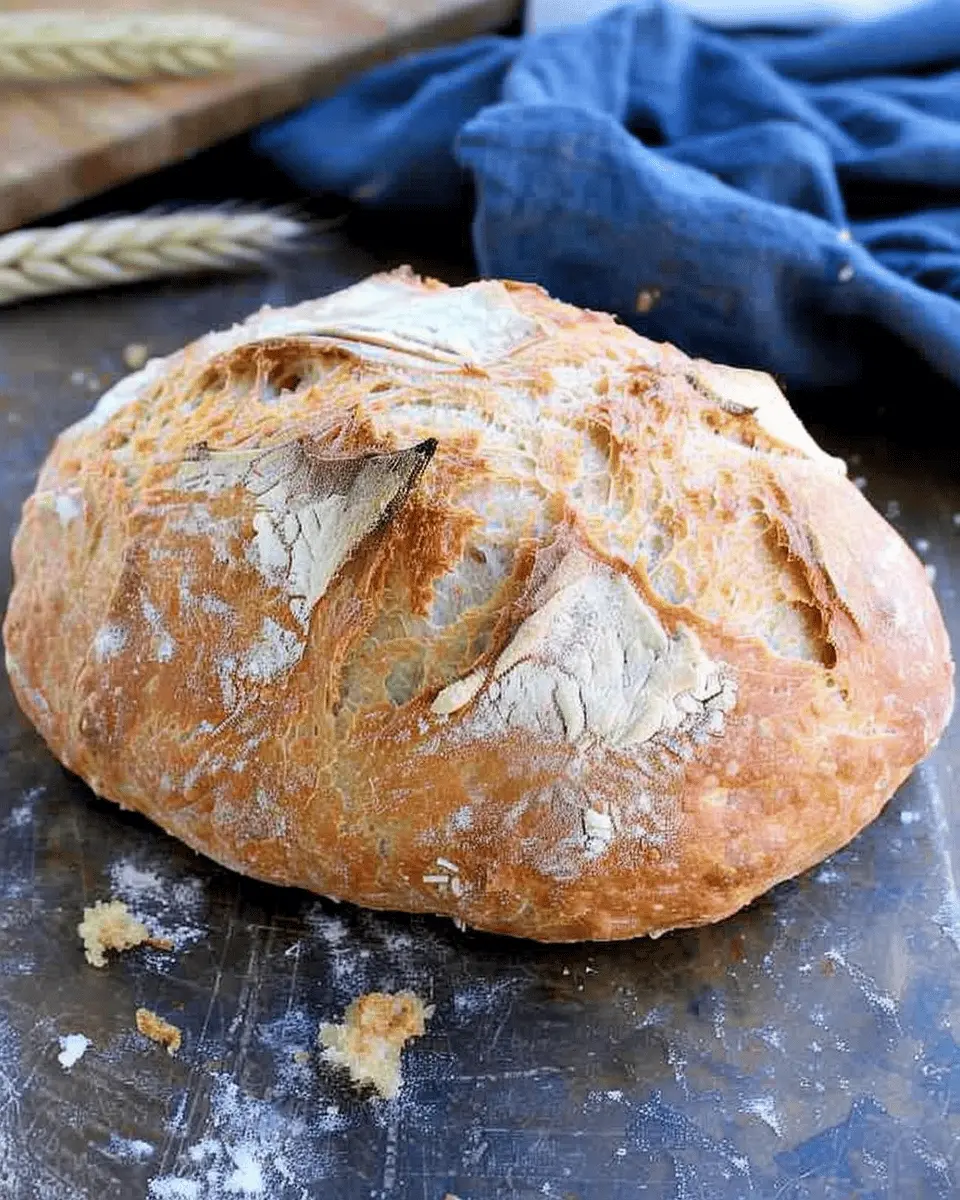
Serving Suggestions for Rustic Italian Crusty Bread
Enjoying it Plain or with Dips
Nothing quite compares to the joy of enjoying rustic Italian crusty bread straight from the oven. The crust is beautifully crunchy, while the inside remains warm and fluffy. For a simple yet delightful experience, try serving it plain, allowing its rich flavor to take center stage. If you’re in the mood for something a little extra, pair it with dips like olive oil infused with herbs, balsamic vinegar, or a savory tapenade. These staple dips not only enhance the flavor but also bring a wonderful Mediterranean flair to your meal. Check out this recipe for herb-infused olive oil to elevate your bread experience.
Perfect Pairings for Rustic Italian Bread Meals
When it comes to meals featuring rustic Italian crusty bread, the options are endless! This bread is perfect for:
- Charcuterie boards: Stack it next to some turkey bacon, chicken ham, and a selection of cheeses.
- Sandwiches: Use it as a hearty base for your favorite fillings, like grilled vegetables or fresh mozzarella paired with sun-dried tomatoes.
- Soups and stews: A slice of this bread makes a fantastic accompaniment to robust dishes, adding texture and flavor.
With so many delicious pairings, your culinary creativity can really shine! For more insights on pairing bread with meals, you can explore this article. Enjoy every bite!
Time Breakdown for Rustic Italian Crusty Bread
When you’re ready to whip up a delightful loaf of rustic Italian crusty bread, knowing how to allocate your time can make the process smoother. Let’s break it down:
Preparation Time
You’ll need about 20 minutes to gather your ingredients, mix your dough, and get everything ready for its first rise. This is a great time to enjoy some music or a quick podcast.
Rising Time
Patience pays off here. Allow the dough to rise for 1 to 2 hours until it doubles in size. This is crucial for developing that lovely flavor and texture in your crusty bread. If you’re curious, check out this guide on dough rising times for more insights.
Baking Time
After shaping, pop your bread into the oven for 30 to 40 minutes. The smell will be irresistible; make sure to keep an eye on it to achieve that perfect golden crust.
Total Time
From start to finish, you’re looking at approximately 2 to 3 hours. Though a chunk of this time is hands-off, the end result will undoubtedly make it worth every minute spent. Grab your fresh loaf and enjoy it with some olive oil or a light salad for a truly authentic Italian experience!
Nutritional Facts for Rustic Italian Crusty Bread
When it comes to making delicious rustic Italian crusty bread, it’s important to know what you’re getting nutritionally. Here are some key facts about each serving:
Calories Per Serving
In an average serving, you’ll find about 130-150 calories. This makes it a fantastic choice for any meal without being too heavy.
Carbohydrates
This bread is rich in carbohydrates, offering around 25-30 grams per serving. Perfect for fueling your day, these carbs provide essential energy for your active lifestyle.
Protein
With roughly 4-5 grams of protein per serving, rustic Italian crusty bread makes a decent addition to your diet. Pair it with some turkey bacon or chicken ham for a heartier meal.
Understanding these nutritional aspects can help you enjoy your bread while balancing your overall diet. For more in-depth information about bread nutrition, check out resources from the Whole Grains Council or USDA FoodData Central. So go ahead, indulge in your warm slice of rustic Italian crusty bread, and savor every bite!
FAQs about Rustic Italian Crusty Bread
How can I store homemade crusty bread?
Storing your rustic Italian crusty bread correctly is crucial to keep it fresh for as long as possible. Here are some simple tips:
- Room Temperature: Wrap the bread in a clean kitchen towel and place it in a breadbox or a paper bag. Avoid plastic, as it traps moisture and can lead to sogginess.
- Longer Storage: If you think you won’t finish the bread in a couple of days, consider freezing it. Slice the bread before freezing to make it easier to thaw.
For guidelines on how to store bread, you can refer to resources like the Bread Bakers Guild of America.
Why is my bread not crusty enough?
A weak crust can be a letdown after all that hard work. Here are possible reasons your rustic Italian crusty bread lacks that desired crunch:
- Oven Temperature: Ensure your oven is adequately heated. A hot environment (around 450°F) is critical to develop a crust.
- Steam Creation: Introduce steam during the baking process. You can do this by placing a pan filled with water in the oven or misting the inside of the oven with a spray bottle when you first put the bread in.
Exploring the science behind baking can enhance your skills. Check out King Arthur Baking’s blog for further insights.
Can I freeze rustic Italian bread?
Absolutely! Freezing is a great way to preserve your rustic Italian crusty bread. Just follow these steps:
- Allow the bread to cool completely before slicing. Wrap it tightly in plastic wrap or aluminum foil, and then place it in an airtight freezer bag.
- When you’re ready to enjoy, simply take out the slices and either toast them directly from the freezer or let them thaw at room temperature.
Freezing bread can extend its shelf life by up to three months, making it a perfect option for meal prepping or stocking your pantry!
Conclusion on Rustic Italian Crusty Bread
The joys of baking and sharing homemade bread
Baking rustic Italian crusty bread is more than just a culinary task; it’s a rewarding experience that brings people together. Imagine the aroma wafting through your kitchen as the bread bakes to perfection—a reminder of simpler times. Each loaf is a testament to your effort and creativity.
Gather friends or family for a bread-making session, and watch how your rustic Italian crusty bread encourages laughter and connection. It’s a delicious centerpiece for any meal, perfect alongside soups or salads. Don’t forget to share your creation online! For some inspiration and community, check out The Bread Bakers Guild of America. Happy baking!
PrintRustic Italian Crusty Bread: The Best Homemade Delight
Experience the joy of baking with this Rustic Italian Crusty Bread recipe, perfect for any occasion.
- Prep Time: 15 minutes
- Cook Time: 35 minutes
- Total Time: 1 hour 50 minutes
- Yield: 1 loaf 1x
- Category: Bread
- Method: Baking
- Cuisine: Italian
- Diet: Vegetarian
Ingredients
- 4 cups all-purpose flour
- 1 tablespoon salt
- 1 teaspoon sugar
- 2 teaspoons active dry yeast
- 1.5 cups warm water
Instructions
- In a large bowl, mix together the flour, salt, sugar, and yeast.
- Add the warm water and mix until a sticky dough forms.
- Cover the bowl with a damp cloth and let it rise for 1 hour.
- Preheat your oven to 450°F (232°C).
- Transfer the dough to a floured surface and shape it into a loaf.
- Place the loaf on a baking sheet, cover it, and let it rise for another 30 minutes.
- Bake for 30-35 minutes until golden brown and crusty.
- Let it cool before slicing.
Notes
- For extra flavor, try adding herbs or garlic to the dough.
- Using a pizza stone can enhance the crustiness of the bread.
Nutrition
- Serving Size: 1 slice
- Calories: 120
- Sugar: 0.5g
- Sodium: 300mg
- Fat: 1g
- Saturated Fat: 0g
- Unsaturated Fat: 0g
- Trans Fat: 0g
- Carbohydrates: 25g
- Fiber: 1g
- Protein: 3g
- Cholesterol: 0mg
Keywords: Rustic Italian Crusty Bread, homemade bread, Italian bread recipe
